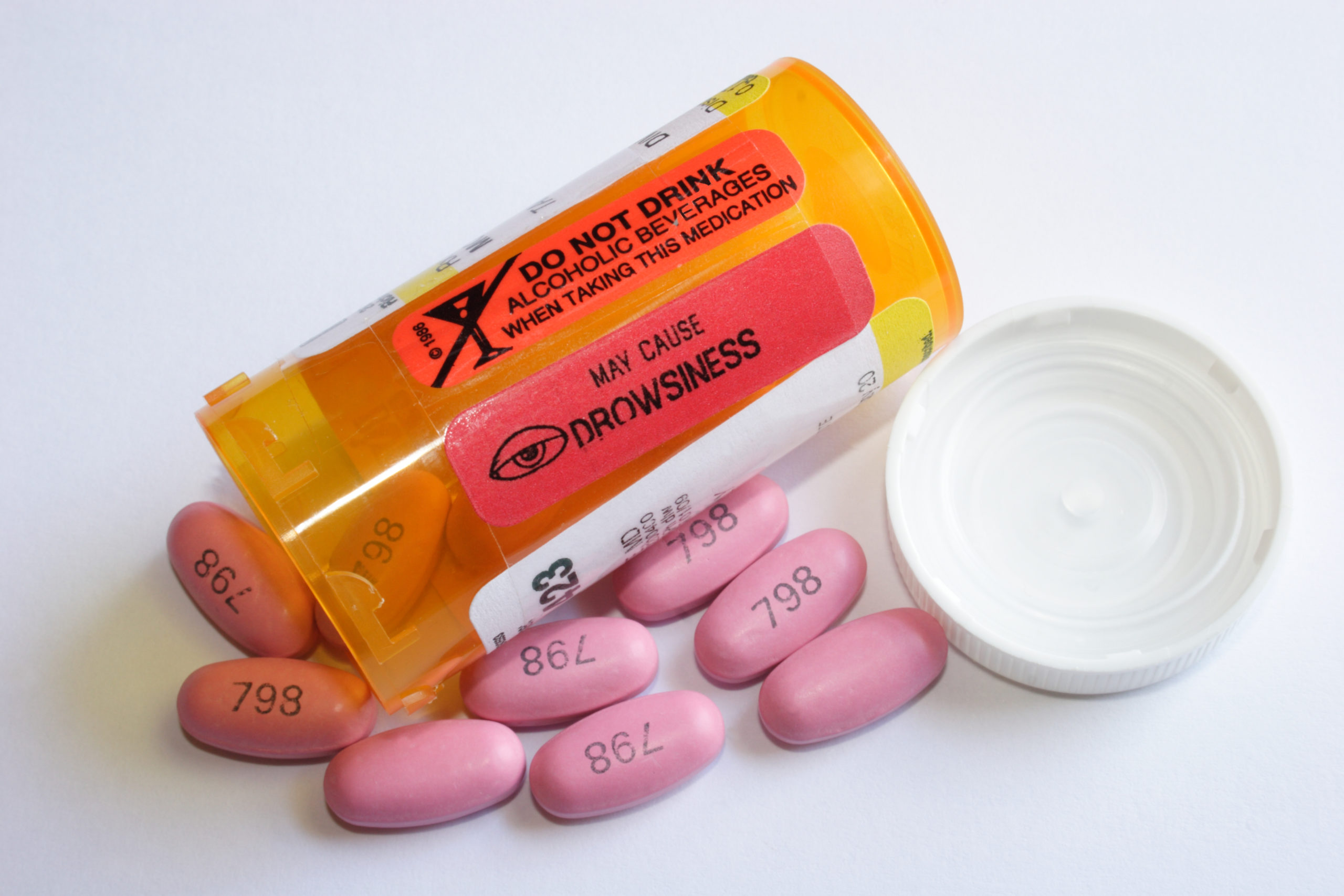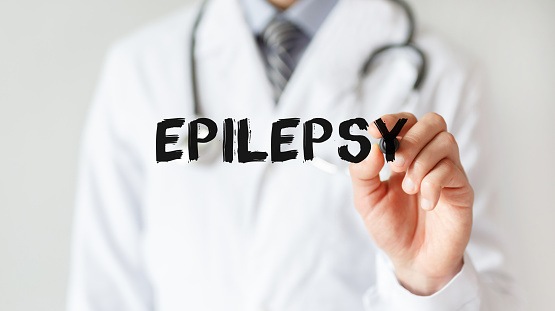
Results of a randomized clinical trial found that XEN1101, a novel Kv7.2/Kv7.3 potassium channel opener, was well-tolerated and reduced seizures in patients with focal-onset seizures (FOS) who had previously received other baseline antiseizure medications (ASMs). The findings were published in JAMA Network Open.
The phase 2b trial enrolled 325 patients, of whom 285 completed the 8-week double-blind phase. The mean age was 40.8 years, 51.7% were female, and 91.7% were White. The primary efficacy end point was median percent change in monthly FOS frequency from baseline. Treatment-emergent adverse events (TEAEs) were also recorded.
Patients were randomized 2:1:1:2 to either XEN1101 25 mg, 20 mg, 10 mg, or placebo with food once daily for 8 weeks. After completion of the double-blind phase, patients were offered the option of entering an open-label extension, with follow-up safety visits at 1 and 6 weeks after the final dose. Overall, 275 patients (96.5%) entered the open-label extension.
Regarding use of other ASMs throughout the study, 8.9% received 1 stable medication throughout the double-blind phase, 40.6% received 2, and 50.5% received 3. The median number of previous ASMs used before enrollment was 6, and 57.8% were taking a CYP3A4 inducer at baseline. The median baseline monthly FOS frequency was 13.5 (interquartile range [IQR], 7.9-30.3).
Efficacy
Treatment with XEN1101 was associated with a reduction in monthly FOS frequency compared with placebo. The median percent reduction from baseline was 52.8% for the 25-mg group (IQR, −80.4% to −16.9%; P<.001), 46.4% for 20 mg (IQR, −76.7% to −14.0%; P<.001), and 33.2% for 10 mg (IQR, −61.8% to 0.0%; P=.04). In comparison, the median reduction was 18.2% in the placebo group (IQR, −37.3% to 7.0%).
Responders were defined as those who achieved a ≥50% reduction from baseline in monthly FOS frequency. In the 25-mg group, 54.5% were responders (P<.001 vs placebo), as well as 43.1% of the 20-mg group (P<.001), 28.3% of the 10-mg group (P=.04), and 14.9% of the placebo group. Rates of seizure freedom, which was defined as a median percent change at 100% reduction in FOS frequency during the 8-week treatment period, were 6.3% in the 25-mg group, 7.8% in the 20-mg group, 2.2% in the 10-mg group, and 1.8% in the placebo group. The authors noted that reductions in FOS frequency were associated with improvement in Clinical Global Impression–Change scale scores and in Patient Global Impression–Change scale scores, with statistically significant improvements in the 25-mg and 20-mg groups.
Safety
The authors reported that XEN1101 was generally well-tolerated and TEAEs were consistent with other common ASMs. The most common TEAEs, occurring in at least 10% of patients, were dizziness (24.6%), somnolence (15.6%), and fatigue (10.9%). TEAE incidence appeared to be dose related. Discontinuation of treatment related to TEAEs occurred in 15.8% of the 25-mg group, 13.7% of the 20-mg group, and 2.2% of the 10-mg group. The rate of serious adverse events was 2.6% in the 25-mg group, 3.9% in the 20-mg group, 4.3% in the 10-mg group, and 2.6% in the placebo group. No deaths occurred in this study.
“Despite the introduction into clinical practice in recent decades of several ASMs for the treatment of FOS, clinicians continue to seek new treatment options that have the potential to confer seizure freedom for patients who continue to have uncontrolled seizures and are well-tolerated,” the authors wrote. “The results of this study suggest that XEN1101 may be such an option.”







 © 2025 Mashup Media, LLC, a Formedics Property. All Rights Reserved.
© 2025 Mashup Media, LLC, a Formedics Property. All Rights Reserved.